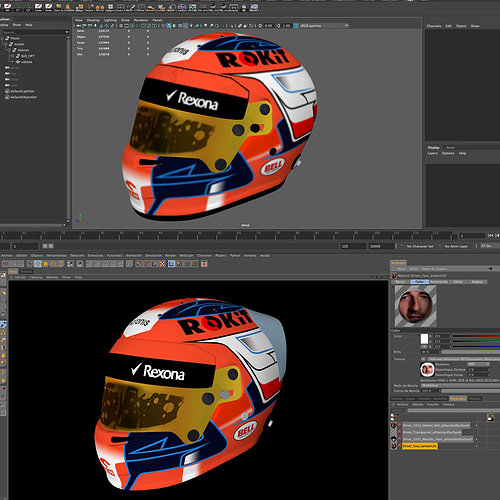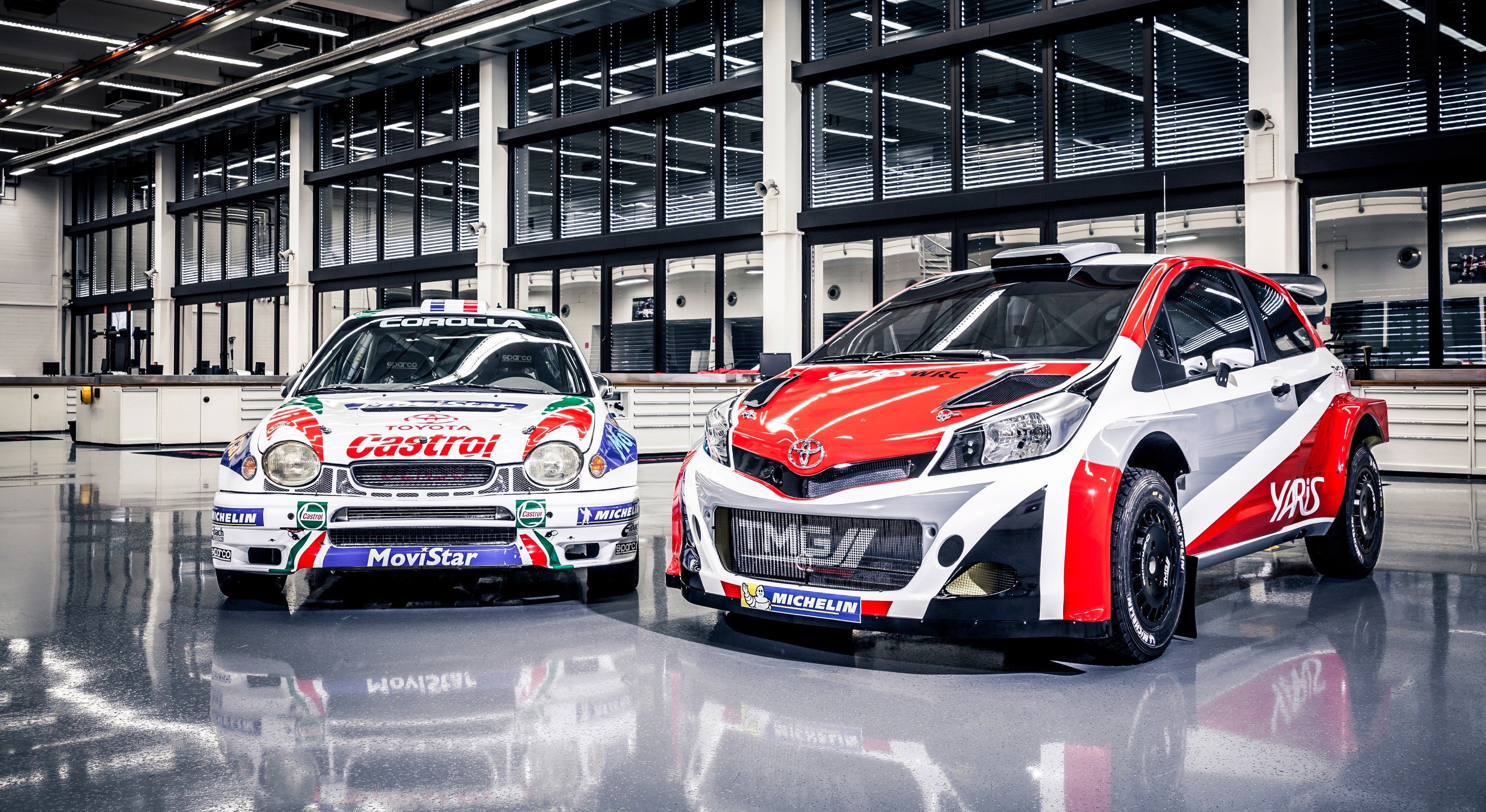The Need For (Safe) Speed: 4 Shocking Ways Slower Driving Creates Higher Cities This week is UN International Road Security Week, focused on the theme “Slow Down, Save Lives.” WRI works to make cities around the globe safer and more sustainable by implementing avenue design and regulations that cut back vehicle speeds whereas supporting walking and cycling. There's a rising body of evidence on the impacts and wider benefits of such efforts, which we’ll discover in weblog posts this week. Visitors crashes kill 1.25 million folks every year and trigger everlasting disability to millions more. Irrespective of the placement, pace is incessantly an element. Deaths and severe accidents are the painful and extremely visible results of a lack of street security, however now we have misplaced extra to excessive car speeds than we notice. What about concern of children playing on sidewalks, strolling to highschool, or learning to experience a bike? What about people who struggle to pay high transport prices, but don’t really feel secure commuting by bike? Speeding vehicles can restrict bodily activity, use of public area and high quality of life, and the impacts are felt most by the least advantaged . Lower-income residents often dwell in close proximity to roads with dangerously fast-moving traffic. They're also more dependent on walking, biking or public transport, that are most uncovered to the hazard of speeding cars. These detrimental impacts are much more dramatic in growing international locations, where a fast enhance in car and bike possession is happening on roads with little speed regulation. Unfortunately, this will literally be a matter of life and death. 1. Lower speeds save lives. Each 1.6 kilometer-per-hour (1 mph) reduction in car speeds on city streets ends in a 6 % decrease in site visitors fatalities. Decrease velocity limits scale back site visitors fatalities and severe accidents for a mix of reasons. For one, driving at very high speeds can result in tunnel vision and decreased depth notion for the driver. At decrease speeds, drivers have a wider field of vision and are more possible to notice other street-users. At lower speeds, even when a crash does happen, the results will likely be less severe, especially if it includes a pedestrian, cyclist or motorcyclist. 2022 Mini Cooper Review has a ninety % chance of survival if hit by a automobile moving at 30 kmph (18.Sixty four mph). This decreases to 70 % at 40 kmph (24.85 mph) and lower than 20 p.c at 50kmph (31 mph). Driving at lower speeds additionally permits drivers to stop inside a shorter distance. The stopping distance of a automobile is a mix of the space travelled during the driver’s response time and the distance it takes for the car to stop after the brakes are applied. At higher speeds, a car travels additional throughout this response time and the stopping distance is larger. This impacts the rate of momentum at the purpose of a crash, and due to this fact the opportunity of survival. 2. Safer velocity limits don’t necessarily make trips longer. Many people worry that slowing the pace restrict in urban areas will dramatically increase journey time. Nevertheless, common road speeds in cities are extra decided by the frequency of intersections than velocity limits. A safer pace limit can obtain more uniform speeds and reduce harmful midblock acceleration, while adding little to overall journey times. Analysis from Grenoble, France has proven that a pace restrict of 30 kmph (18.Sixty four mph) moderately than 50 kmph (31 mph) solely added 18 seconds of journey time between intersections 1 km (.Sixty two miles) apart. Lower velocity limits could even cut back congestion in some circumstances, as they scale back the probability of bottlenecks. This has been noticed in Sao Paulo, where lowering the speed restrict on main arterials reduced congestion by 10 p.c throughout the first month of implementation, whereas fatalities additionally dropped significantly. 3. Designing for safer speeds fosters healthier communities. Lower car speeds create a extra comfortable setting for pedestrians and cyclists. 2021 Ford Bronco Sport Badlands that encourages safer speeds-reminiscent of narrower lanes and wider sidewalks, raised crosswalks and curb extensions-also present more space for pedestrians and make it easier to cross the road. Particulars on these and different measures can be present in WRI’s Cities Safer by Design report. With speed-slowing infrastructure, cities may see optimistic tendencies in residents opting to stroll or bike as an alternative of driving. London is currently employing these measures to encourage extra walking trips, and anticipates it would reap well being and financial advantages. One study found that the United States may save .6 billion in well being care prices if one in 10 adults started walking usually. Residents opting to take fewer trips by car additionally means fewer harmful emissions and a lowered overall danger of traffic collisions. 4. Slower speeds are good for the economic system. Research have discovered that streets which can be more inviting for walkers and cyclists are more vibrant and economically successful than streets with high volumes of quick-moving traffic. Advantages embody elevated real estate value and higher spending on retail and services, boosting the native financial system. For instance, when street designs with narrower lanes slowed site visitors within the Mission District of San Francisco, practically 60 percent of retailers reported elevated spending by native individuals, and almost forty p.c reported an overall enhance in sales. Meanwhile, London’s Kensington Street saw a thirteen p.c improve in the price of apartments when security and design improvements had been made to the streetscape, and estimates that higher purchasing access for pedestrians will generate millions of pounds in elevated retail spending. This week is UN International Road Security Week, focused on the theme “Slow Down, Save Lives.” WRI works to make cities around the globe safer and more sustainable by implementing avenue design and regulations that cut back vehicle speeds whereas supporting walking and cycling. There's a rising body of evidence on the impacts and wider benefits of such efforts, which we’ll discover in weblog posts this week. Visitors crashes kill 1.25 million folks every year and trigger everlasting disability to millions more. Irrespective of the placement, pace is incessantly an element. Deaths and severe accidents are the painful and extremely visible results of a lack of street security, however now we have misplaced extra to excessive car speeds than we notice. What about concern of children playing on sidewalks, strolling to highschool, or learning to experience a bike? What about people who struggle to pay high transport prices, but don’t really feel secure commuting by bike? Speeding vehicles can restrict bodily activity, use of public area and high quality of life, and the impacts are felt most by the least advantaged . Lower-income residents often dwell in close proximity to roads with dangerously fast-moving traffic. They're also more dependent on walking, biking or public transport, that are most uncovered to the hazard of speeding cars. These detrimental impacts are much more dramatic in growing international locations, where a fast enhance in car and bike possession is happening on roads with little speed regulation. Unfortunately, this will literally be a matter of life and death. 1. Lower speeds save lives. Each 1.6 kilometer-per-hour (1 mph) reduction in car speeds on city streets ends in a 6 % decrease in site visitors fatalities. Decrease velocity limits scale back site visitors fatalities and severe accidents for a mix of reasons. For one, driving at very high speeds can result in tunnel vision and decreased depth notion for the driver. At decrease speeds, drivers have a wider field of vision and are more possible to notice other street-users. At lower speeds, even when a crash does happen, the results will likely be less severe, especially if it includes a pedestrian, cyclist or motorcyclist. 2022 Mini Cooper Review has a ninety % chance of survival if hit by a automobile moving at 30 kmph (18.Sixty four mph). This decreases to 70 % at 40 kmph (24.85 mph) and lower than 20 p.c at 50kmph (31 mph). Driving at lower speeds additionally permits drivers to stop inside a shorter distance. The stopping distance of a automobile is a mix of the space travelled during the driver’s response time and the distance it takes for the car to stop after the brakes are applied. At higher speeds, a car travels additional throughout this response time and the stopping distance is larger. This impacts the rate of momentum at the purpose of a crash, and due to this fact the opportunity of survival. 2. Safer velocity limits don’t necessarily make trips longer. Many people worry that slowing the pace restrict in urban areas will dramatically increase journey time. Nevertheless, common road speeds in cities are extra decided by the frequency of intersections than velocity limits. A safer pace limit can obtain more uniform speeds and reduce harmful midblock acceleration, while adding little to overall journey times. Analysis from Grenoble, France has proven that a pace restrict of 30 kmph (18.Sixty four mph) moderately than 50 kmph (31 mph) solely added 18 seconds of journey time between intersections 1 km (.Sixty two miles) apart. Lower velocity limits could even cut back congestion in some circumstances, as they scale back the probability of bottlenecks. This has been noticed in Sao Paulo, where lowering the speed restrict on main arterials reduced congestion by 10 p.c throughout the first month of implementation, whereas fatalities additionally dropped significantly. 3. Designing for safer speeds fosters healthier communities. Lower car speeds create a extra comfortable setting for pedestrians and cyclists. 2021 Ford Bronco Sport Badlands that encourages safer speeds-reminiscent of narrower lanes and wider sidewalks, raised crosswalks and curb extensions-also present more space for pedestrians and make it easier to cross the road. Particulars on these and different measures can be present in WRI’s Cities Safer by Design report. With speed-slowing infrastructure, cities may see optimistic tendencies in residents opting to stroll or bike as an alternative of driving. London is currently employing these measures to encourage extra walking trips, and anticipates it would reap well being and financial advantages. One study found that the United States may save .6 billion in well being care prices if one in 10 adults started walking usually. Residents opting to take fewer trips by car additionally means fewer harmful emissions and a lowered overall danger of traffic collisions. 4. Slower speeds are good for the economic system. Research have discovered that streets which can be more inviting for walkers and cyclists are more vibrant and economically successful than streets with high volumes of quick-moving traffic. Advantages embody elevated real estate value and higher spending on retail and services, boosting the native financial system. For instance, when street designs with narrower lanes slowed site visitors within the Mission District of San Francisco, practically 60 percent of retailers reported elevated spending by native individuals, and almost forty p.c reported an overall enhance in sales. Meanwhile, London’s Kensington Street saw a thirteen p.c improve in the price of apartments when security and design improvements had been made to the streetscape, and estimates that higher purchasing access for pedestrians will generate millions of pounds in elevated retail spending.

|
Article Directory /
Arts, Business, Computers, Finance, Games, Health, Home, Internet, News, Other, Reference, Shopping, Society, Sports
|